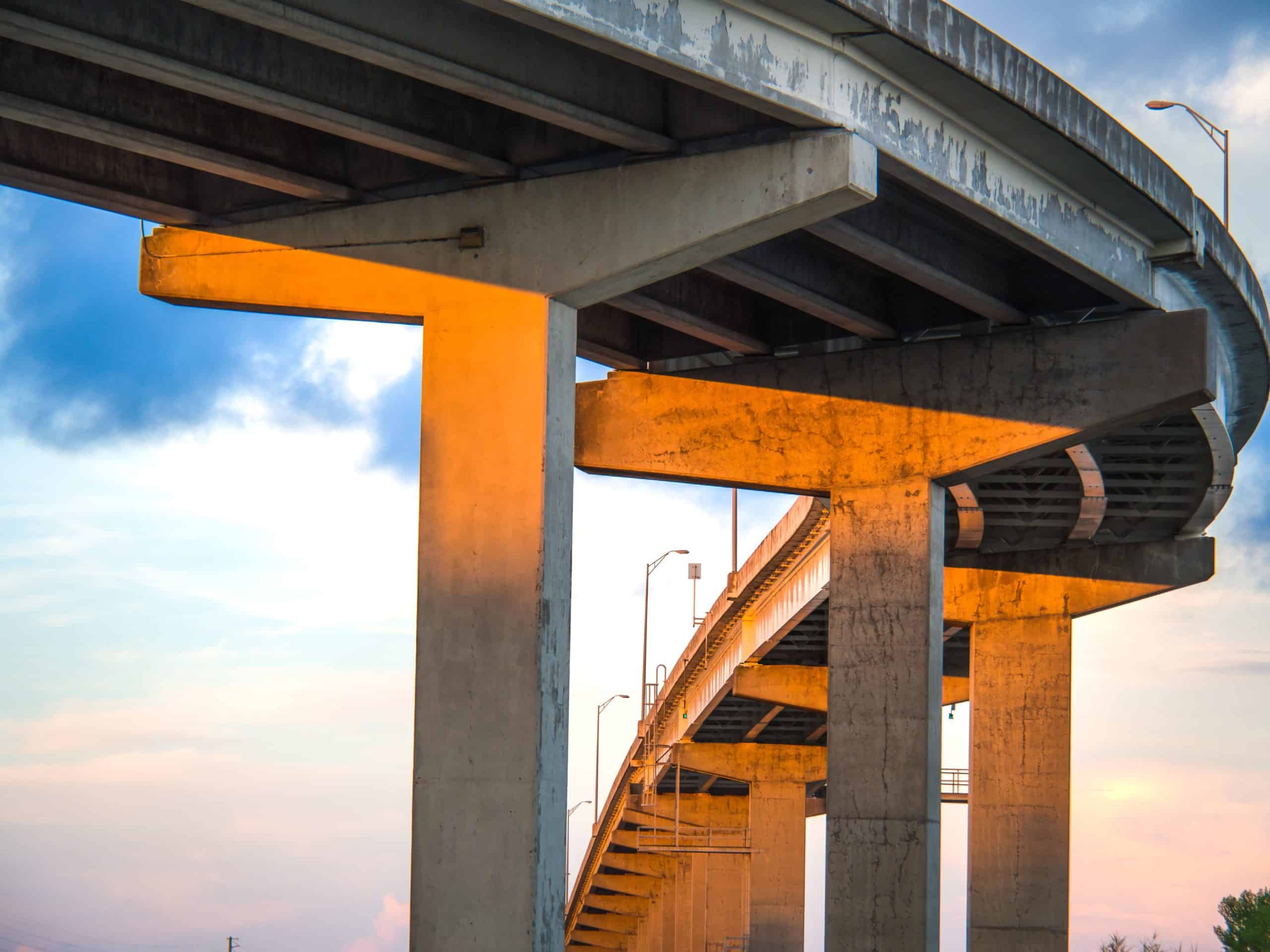Given all that’s going on in the nation and the world, the federal infrastructure bill passed toward the end of last year might seem to have gotten lost in the shuffle. But, indeed, the Infrastructure Investment and Jobs Act was signed into law on November 15, 2021, and it represents a veritable mountain of opportunities for construction companies in the months and years ahead.
If your construction company has little to no history of bidding on and participating in publicly funded projects, there will be a learning curve involved. These jobs tend to come with additional rules, which can vary depending on whether you’re dealing with the federal government or a state or local authority. Here are some essentials for sizing up a public infrastructure project.
Verify funding
As you would for any project, confirm that the project owner has enough funding to bankroll the job. If it’s a federal project, you can obviously assume that the money is there. But you might not get paid as quickly as you’d like.
Government agencies at any level typically set aside money for infrastructure jobs, but many state and local governments have experienced substantial revenue losses during pandemic-related shutdowns. This has notably been the case in fee-based jurisdictions, such as port authorities. So, do some digging on the finances before you submit a bid.
Identify the delivery method
Publicly funded jobs don’t always follow the traditional design-bid-build approach. Some infrastructure jobs have been moving away from low-bid packages toward collaborative strategies and delivery methods such as:
- Public-private partnerships,
- Design-build, and
- Integrated project delivery.
Under such methods, partners work together much earlier in the process to develop the scope, schedule and budget.
Check the supply chain
As you’re likely aware, some building-material supply chains have been either strained or interrupted during the pandemic. Although, as of this writing, COVID-19 seems to be fading as a major issue, there’s still the potential for bottlenecked pipelines and volatile market conditions.
Some contractors have been building up their inventory levels with critical materials and long-lead items to insulate themselves against future disruptions. It’s a good strategy when financially feasible, along with diversifying your supplier base and identifying alternative suppliers who can deliver materials of similar type and quality.
Look into labor
Ensure your company can tap into a stable workforce, which might include subcontractors, to complete the project on schedule and at a high level of quality. Assess the possibility that some of your skilled workers could feel uncomfortable with the size, complexity or safety requirements of a public job. Some additional training might be in order.
Compliance and safety
Government-funded jobs mean government rules and regulations. Know what you’re getting into. As mentioned, specifics will vary depending on the type of project and entity or entities involved.
Expect to see more pandemic-related requirements and responsibilities on public jobs, which could impact project timelines and costs. You might also encounter special waste-disposal and environmental requirements.
Take account of tech
Look into what technology will be used for the project. Infrastructure jobs around the world have been increasingly using building information modeling (BIM) systems. Are you and your employees experienced with BIM software? If not, will you be able to get up to speed quickly?
In addition, the pandemic has accelerated the use of videoconferencing and mobile apps enabling remote project management, as well as wearable tech and sensors alerting workers when they’re too close together. You may also encounter paperless ticketing that helps limit contact during concrete and other materials deliveries.
Choose carefully
Each state will receive a specified share of the estimated $1.2 trillion allocated under the Infrastructure Investment and Jobs Act. As a project comes online, assess the factors covered here and any other elements of the job that could determine whether it’s a good move for your construction company. Although it’s tempting to jump at the first thing that comes along, make sure the project makes sense in terms of your capabilities and profitability.
© 2022


